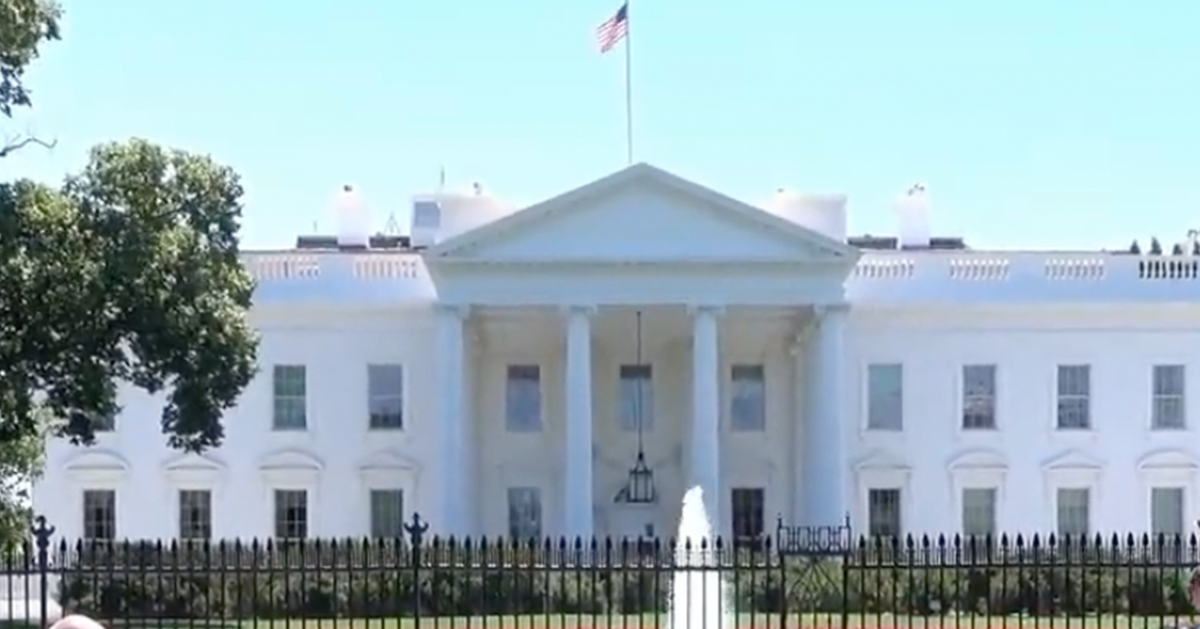MD High-Capacity Firearm Ban Affirmed by Appeals Court
A federal appeals court has confirmed the constitutionality of Maryland's prohibition on semiautomatic weapons with large magazines, aligning with state law despite broadened Second Amendment interpretations.
The 4th U.S. Circuit Court of Appeals' decision supports Maryland's 2013 ban on certain firearms, a law passed in response to the Sandy Hook Elementary shooting, as Newsmax reports.
The controversy surrounding Maryland's restrictive gun law dates back to 2013, immediately following the tragic mass shooting at Sandy Hook Elementary School.
In response, Maryland legislators enacted a ban on semiautomatic weapons equipped with high-capacity magazines, aimed at curtailing gun violence.
Fourth Circuit Reaffirms State's Firearm Legislation
Initially upheld by the courts, the law faced renewed scrutiny following a Supreme Court directive requiring a stringent review of such bans under enhanced Second Amendment protections. Despite this, the full bench of the 4th Circuit, in a decisive 10-5 vote this Tuesday, affirmed the law's alignment with constitutional standards.
The majority opinion, penned by Judge J. Harvie Wilkinson III, emphasized the distinct nature of the prohibited weapons. He argued that military-style firearms do not fall under Second Amendment safeguards as they are unsuitable for civilian use, primarily due to their design for sustained combat.
Judicial Perspectives on Firearm Regulations
"We decline to wield the Constitution to declare that military-style armaments, which have become primary instruments of mass killing and terrorist attacks in the United States, are beyond the reach of our nation's democratic processes," Wilkinson stated, underscoring the court's stance on democratic control over such weaponry.
Wilkinson further noted, "The assault weapons at issue fall outside the ambit of protection offered by the Second Amendment because, in essence, they are military-style weapons designed for sustained combat operations that are ill-suited and disproportionate to the need for self-defense."
Disagreements Among the Judges
The dissenting opinion, led by Judge Julius Richardson, appointed by a Republican president, critiqued the majority's reasoning. Richardson argued that the historical and traditional support for regulating weapons does not extend to bans on weapons like the AR-15, which are widely owned by law-abiding citizens for lawful purposes.
"The court should not grant states historically unprecedented leeway to trammel the constitutional liberties of their citizens," Richardson articulated, expressing concern over potential overreach in interpreting constitutional rights.
Legal Interpretations and Public Safety
Richardson's dissent warned against portraying the AR-15 as solely a tool for violence, stating, "The majority trades in tropes and hyperbole to portray the AR-15 as a menacing weapon with no other utility than the slaughtering of enemy combatants and innocents."
Despite these strong dissenting views, the majority opinion reflects a broader judicial perspective that aligns more closely with public safety concerns, particularly in the context of mass shootings that have repeatedly rocked the nation.
Constitutional Debates Continue in the Judiciary
Judge Wilkinson's majority opinion also highlighted the balance the law seeks to maintain: "The Maryland law fits comfortably within our nation's tradition of firearms regulation. It is but another example of a state regulating excessively dangerous weapons once their incompatibility with a lawful and safe society becomes apparent, while nonetheless preserving avenues for armed self-defense."
The ruling by the 4th Circuit thus not only upholds Maryland's specific legislation but also potentially sets a precedent for how similar laws might be viewed in light of the evolving judicial landscape around the Second Amendment.
Implications for Future Firearm Legislation
This landmark decision will likely influence other states contemplating similar bans on military-style firearms, indicating a judicial acknowledgment of the balance between constitutional rights and public safety requirements.
The continued legal battles and debates over gun control in America seem poised to persist, as stakeholders on all sides watch closely for any shifts in the judiciary's approach to the Second Amendment post this significant ruling.
Conclusion: Maryland's Law Stands as Precedent
In conclusion, the affirmation of Maryland's firearm ban by the 4th U.S. Circuit Court underscores a significant moment in the ongoing debate over gun control and Second Amendment rights.
The decision, reflecting a comprehensive judicial review, reiterates the state's ability to regulate firearms that are deemed incompatible with public safety, while still upholding the foundational rights to self-defense as envisioned by the Second Amendment.






